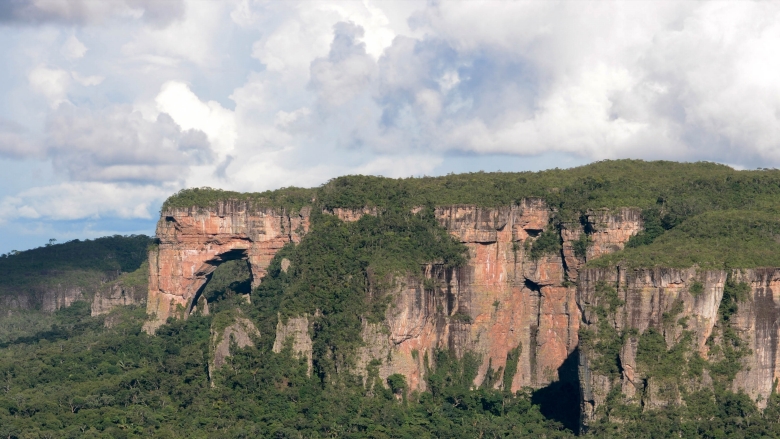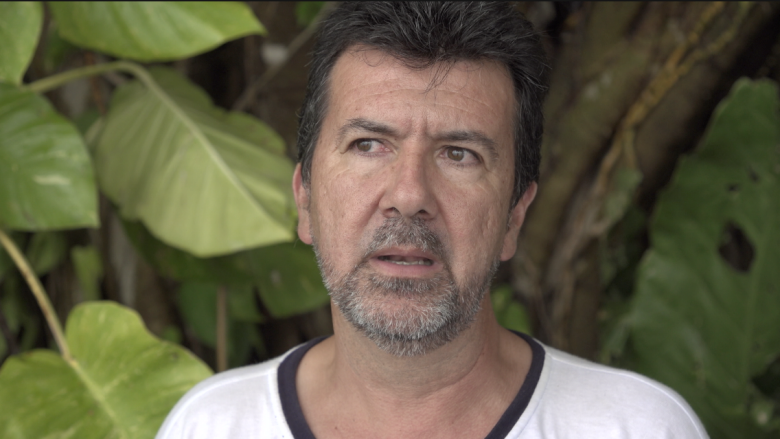How did community forestry begin in Latin America, and particularly in ASL countries?
Community forestry began in different moments in each ASL country. Brazil has a lot of experience with different types and levels of forestry management. In some cases, it was with indigenous peoples, in other cases people without land tenure, but who lived in the forest. In Peru, forestry management initially focused exclusively on timber products and did not involve local communities. Just 15 years ago, community forestry concessions were set up as a new approach. In Colombia, we are now starting community forest management in Guaviare in the Amazon region.
Apart from the ASL countries who are still fine-tuning their approach, successful cases of community forestry have been developed in Guatemala and other places in Central America where local people have over 20 years of success stories of community forestry concessions.
What are the elements that define a community forest concession versus other forestry management regimes?
Community forest concessions are a unique model of forest management that need a legal framework that recognizes the capacity of local organizations or families (not individuals) to have long-term control, governance and a management strategy for a specific and well determined area. People can be residents or non-residents, and live inside or outside the area. Other types of management regimes focus on individuals such as farmers, or industries; they don’t have a long-term strategy for forest management and have no inter-generational strategy for local people.
To get communities together and organize them is a challenge. What is needed to overcome these challenges in the Amazon region?
It is clear there are challenges. Community management of forests requires not only favorable ecosystem and climatic conditions, but a combination of the proper mindset and capacity, the existence of strong, local organizations that work collaboratively with key public and private stakeholders, and the appropriate legal framework that provides land security and conditions to enable long-term sustainable management in the area.
How has the community benefited from this approach and what is the incentive for a farmer to be involved and remain committed?
In each country there are different actors and economic benefits. In Peru, communities have been granted direct rights to forest management and act as local authorities. For indigenous people it has been an opportunity to strengthen their culture and maintain control over their ancestral territory. In Brazil, forest concessions have become an opportunity for different types of groups, not just indigenous groups, with different types of forestry management, with both nongovernmental and governmental support.
In Colombia, actions are only starting towards promoting community forest management. With support from the ASL and partner efforts we have opened the door and started discussions—this could be the opportunity to create partnerships between governments and local populations. Colombia will need to change more than 60 years of legal frameworks that have not recognized communities as managers of forests. But learning from successful examples of other countries is a step in the right direction.
What is the current or potential role of women and young people in community forestry, and how can the ASL help increase their involvement?
In Guatemala, more than 78% of non-timber products are managed by young people. For young people and women there is a clear opportunity to benefit and develop non-timber products, such as those that require the meticulous work of collecting and processing flowers, leaves, and fibers. Ecotourism also benefits from the participation of the young and elderly who know the local culture and are eager to share their experience with others.
Over time, I have seen a lot of young people losing interest in forests, opting instead to migrate to cities or other urban areas. But at the moment, there are a lot of young people reassessing the opportunities provided by forests in their local areas. For example, in Peru and Colombia many young people don’t want to be involved with illegal activities such as mining, illegal timber and coca crops, and wildlife trafficking. Instead, they are saying ‘I want to stay here for my land.’ It is very exciting for us seeing their decisions and the positive impact they have on the environment.
The ASL can help by identifying key cases where successful stories can be scaled up and expanded in new areas of the region, and by promoting pilot cases for forestry concessions like the one we are working towards in Colombia with non-timber forest products. The ASL can also facilitate the political commitment of high-level government representatives and help build local capacity to integrate policy into on-the-ground efforts.
What's the road ahead for community forestry?
Last year, deforestation increased in all countries in Latin America except in forestry concessions in Guatemala, according to the Association of Forest Communities of Petén (ACOFOP).
The road ahead is different for each of the three ASL countries: in Peru there is work to do with regional governments, increasing ecotourism, and expanding concession models for long-term management to include non-timber products. In Brazil, there is an opportunity to further develop non-timber products and sustainable value chains. In Colombia, a mixed strategy of sustainable use of non-timber resources, tourism, and payment for environmental services could be one of the strongest proposals to curb deforestation in the Amazon region.
Overall, we need to promote a change in behavior and a cultural shift to integrate a different model where people recognize the forest as a key asset in their territory and maintain and develop a long-term relationship with it for its economic benefits and cultural value.


